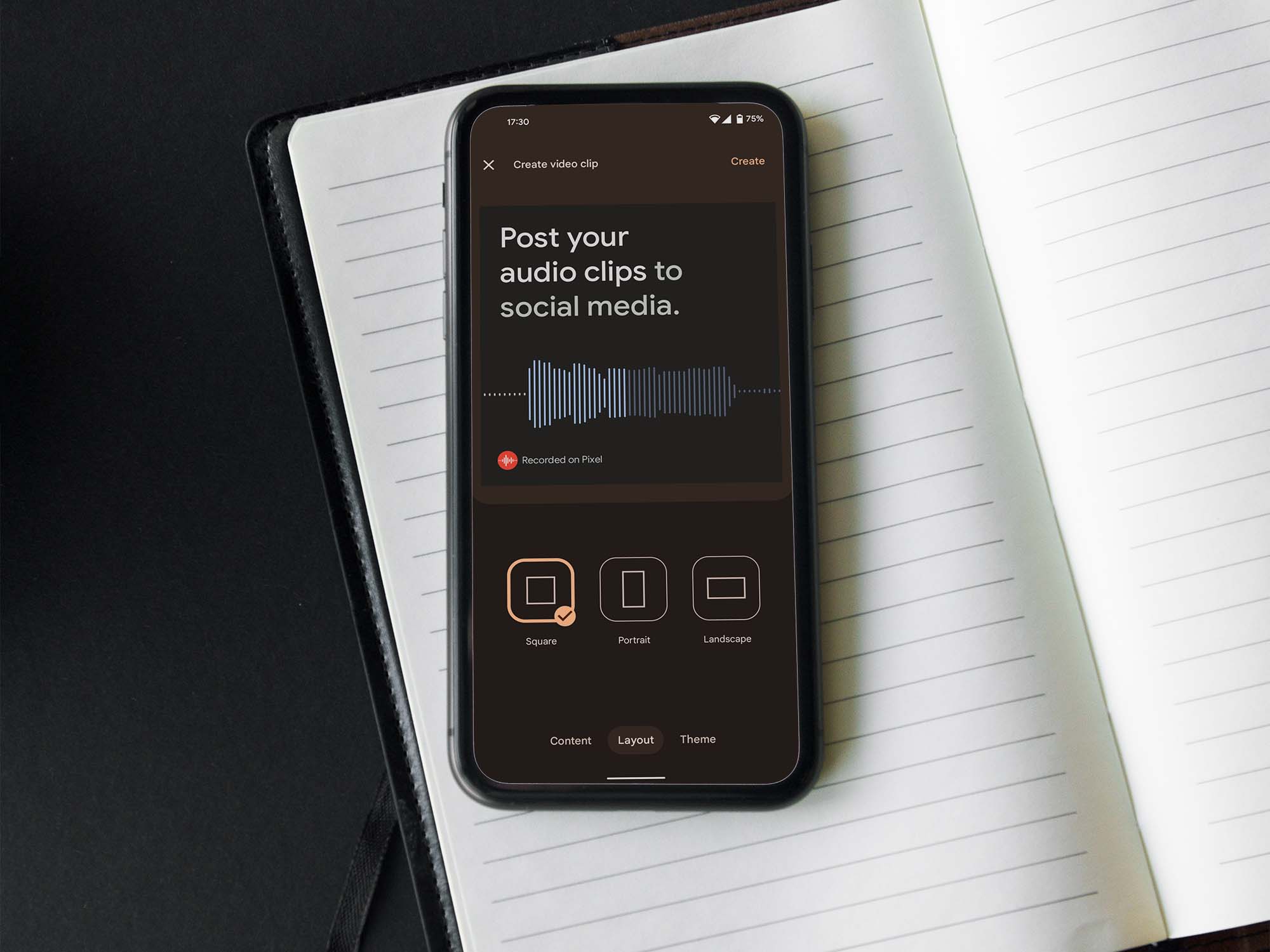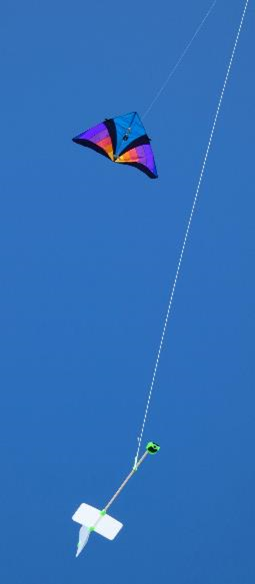NASA has a catalog of many large comets and some of them are nearly as large or larger than the Chicxulub impactor (Dinosaur killer).
Comet 109P/Swift-Tuttle takes 133 years to orbit the Sun once. Swift-Tuttle last reached perihelion (closest approach to the Sun) in 1992 and will return again in 2125.
Swift-Tuttle is a large comet – its nucleus is 16 miles (26 kilometers) across. (That is more than twice the size of the object hypothesized to have led the demise of the dinosaurs.)

An huge volcanic comet, 12P/Pons-Brooks, has violently exploded for the second time in four months and it is heading towards the Earth. It will not hit the Earth but we could see it in the night sky around April 21, 2024.
It has a solid nucleus, with an estimated diameter of 18.6 miles (30 kilometers), and is filled with a mix of ice, dust and gas known as cryomagma. The comet is about three times bigger than Mount Everest. The asteroid that killed the dinosaurs was between 10 and 15 kilometers wide.
12P is currently hurtling toward the inner solar system, where it will be slingshotted around the sun on its highly elliptical 71-year orbit around the sun.
1P/Halley’s Comet would hit the with an impact of 175 million megatons of TNT or around 3.5 million Tsar Bomba.
The Chicxulub impactor (Dinosaur killer) was estimated to have had kinetic energy of 1.3×10^24𝐽 to 5.8×10^25𝐽 so from around twice to as much as eighty times as much.
The impact of Halley’s Comet would not be worse than the asteroid that killed the dinosaurs. The asteroid that caused the mass extinction event 65 million years ago is estimated to have been between 10 and 15 kilometers in diameter and had a kinetic energy equivalent to billions of atomic bombs. In contrast, Halley’s Comet is only around 15 kilometers long and 4 kilometers wide, and would not have nearly as much kinetic energy if it were to collide with Earth. Additionally, comets are made mostly of ice and dust, and would likely not cause as much damage as a solid rock asteroid.

Brian Wang is a Futurist Thought Leader and a popular Science blogger with 1 million readers per month. His blog Nextbigfuture.com is ranked #1 Science News Blog. It covers many disruptive technology and trends including Space, Robotics, Artificial Intelligence, Medicine, Anti-aging Biotechnology, and Nanotechnology.
Known for identifying cutting edge technologies, he is currently a Co-Founder of a startup and fundraiser for high potential early-stage companies. He is the Head of Research for Allocations for deep technology investments and an Angel Investor at Space Angels.
A frequent speaker at corporations, he has been a TEDx speaker, a Singularity University speaker and guest at numerous interviews for radio and podcasts. He is open to public speaking and advising engagements.
Note: This article have been indexed to our site. We do not claim legitimacy, ownership or copyright of any of the content above. To see the article at original source Click Here













